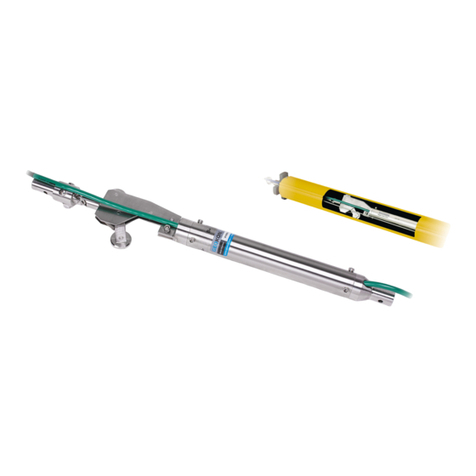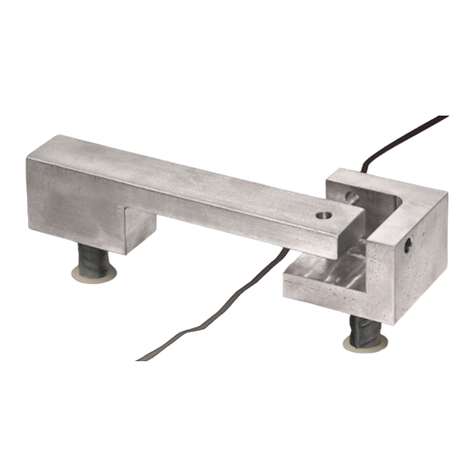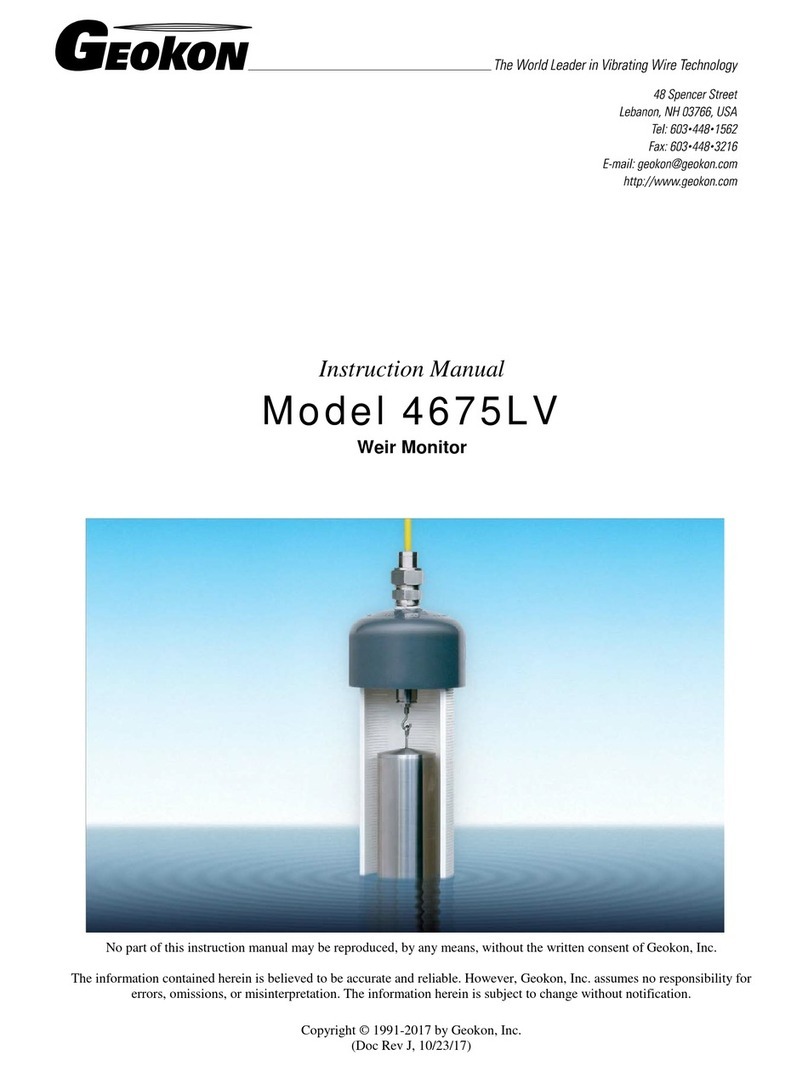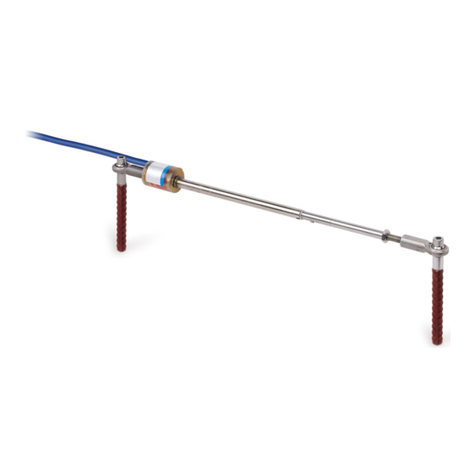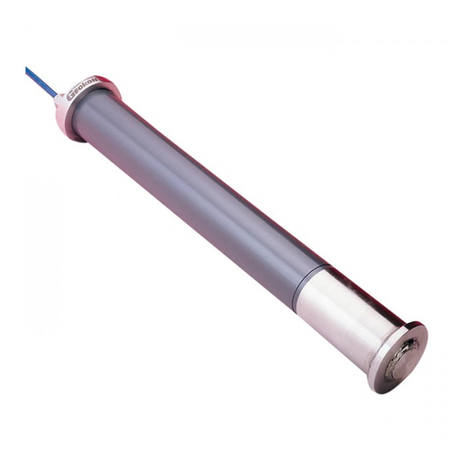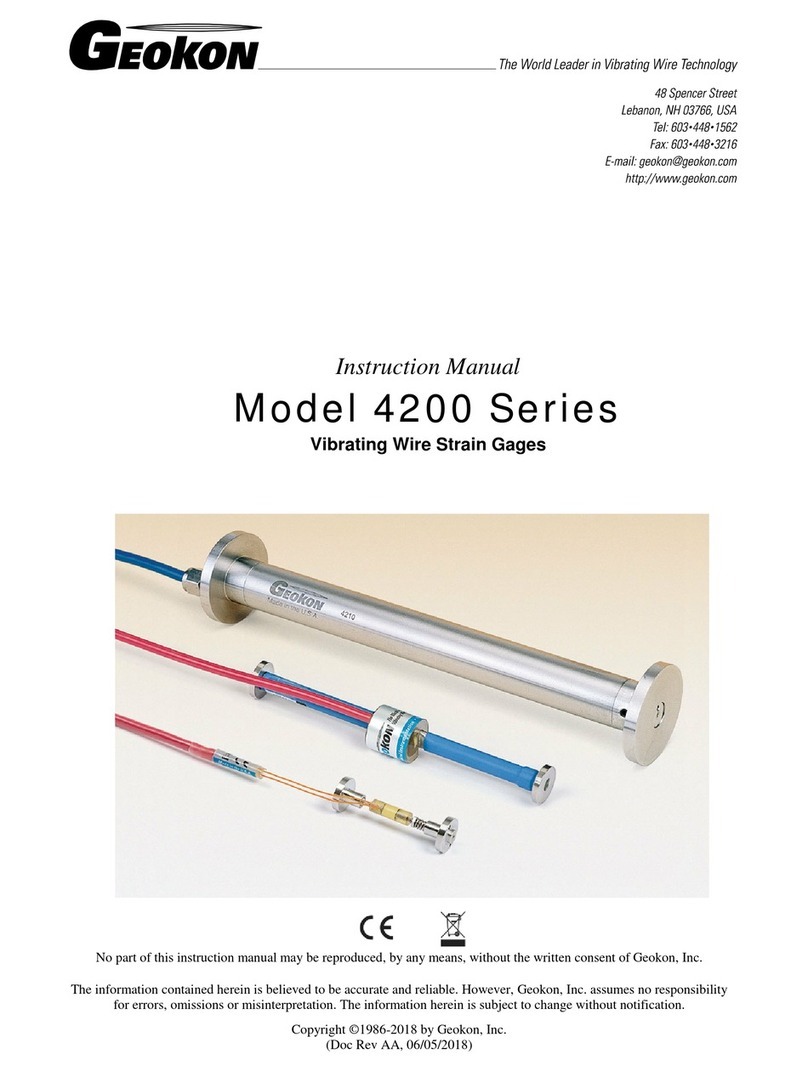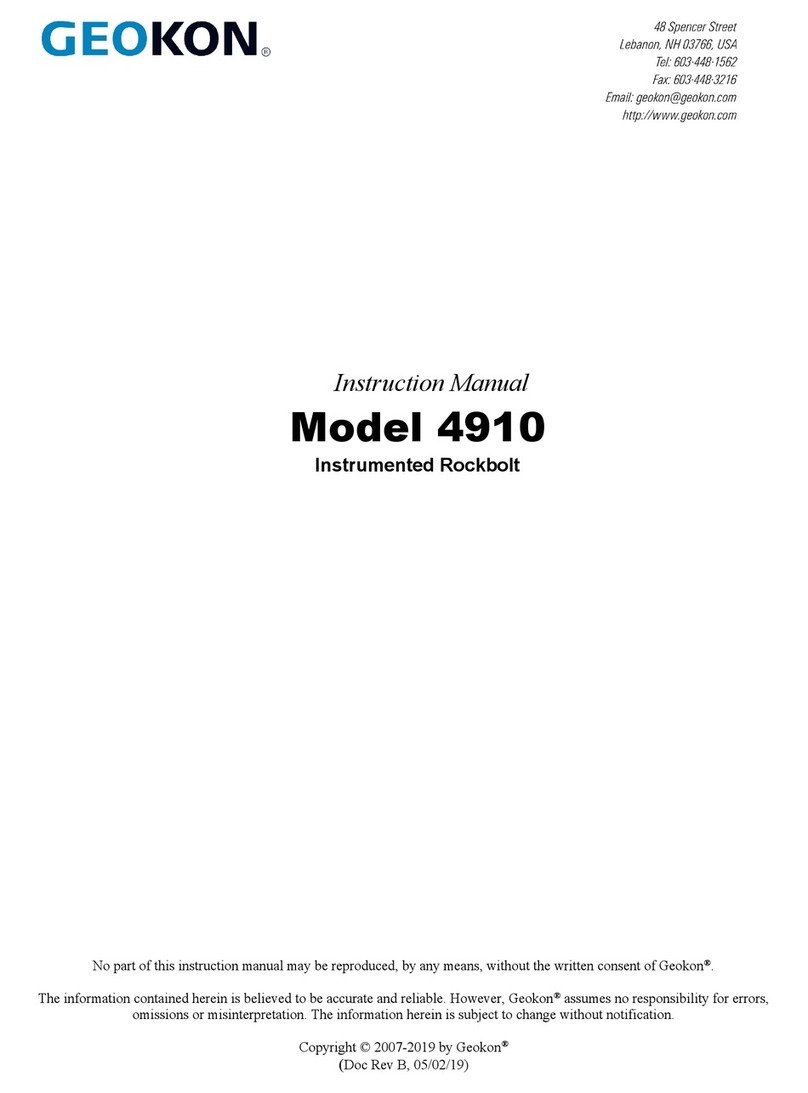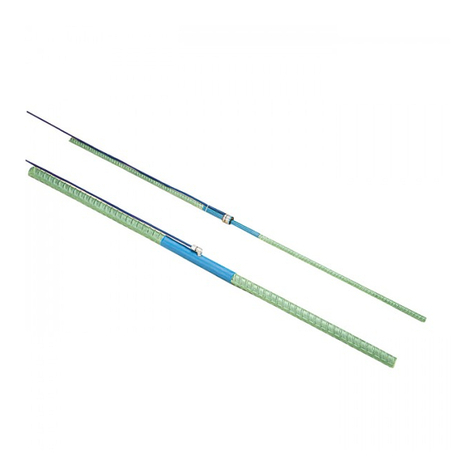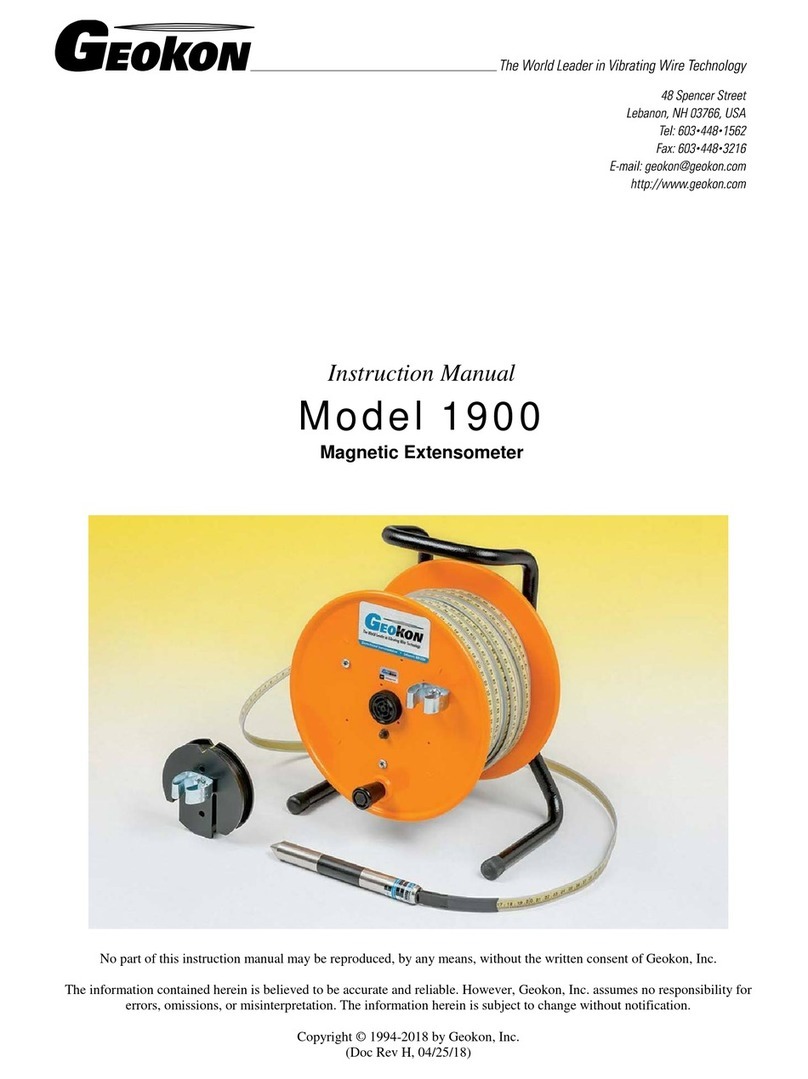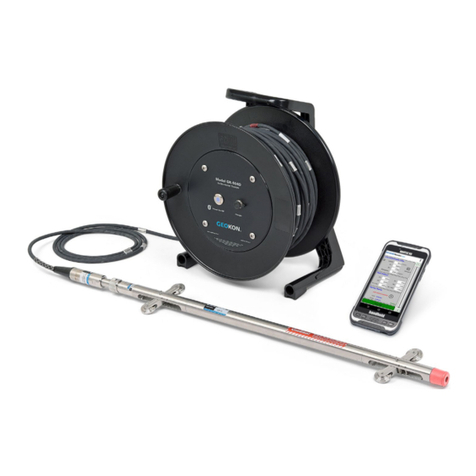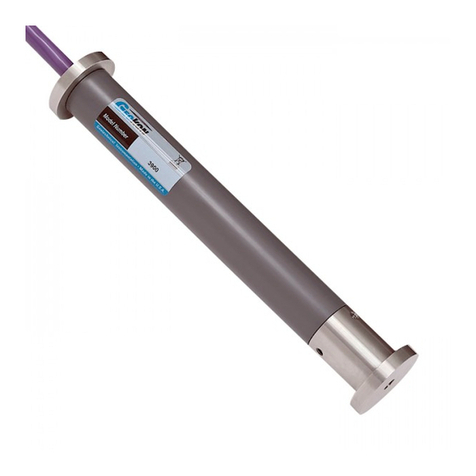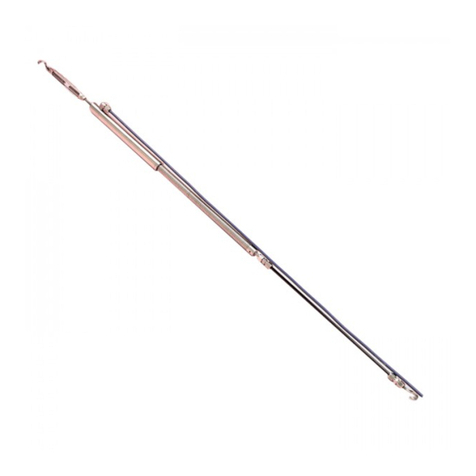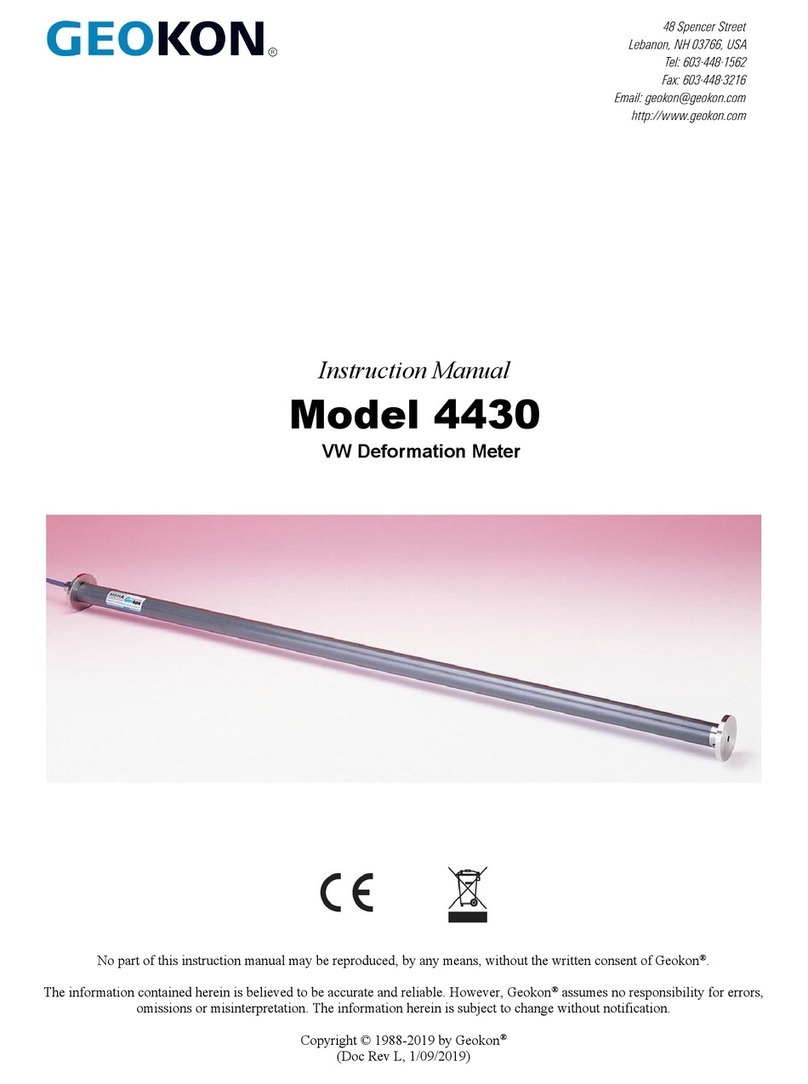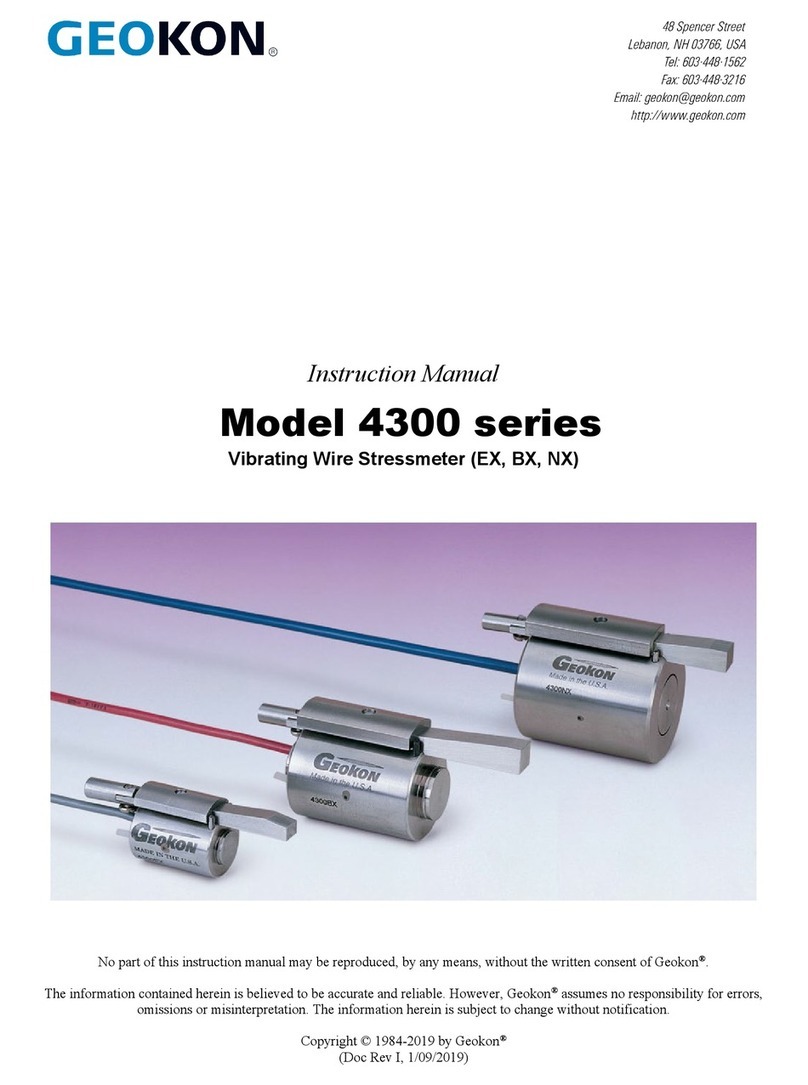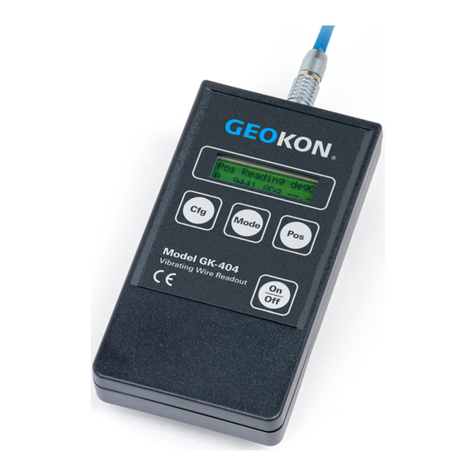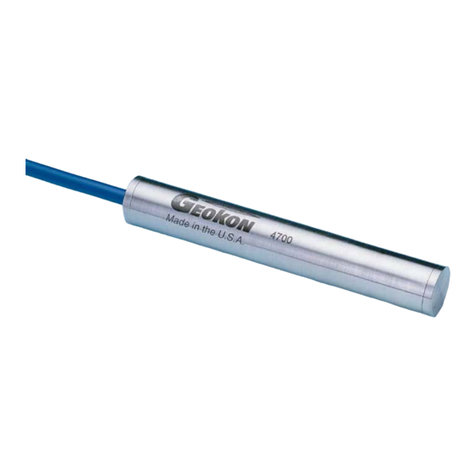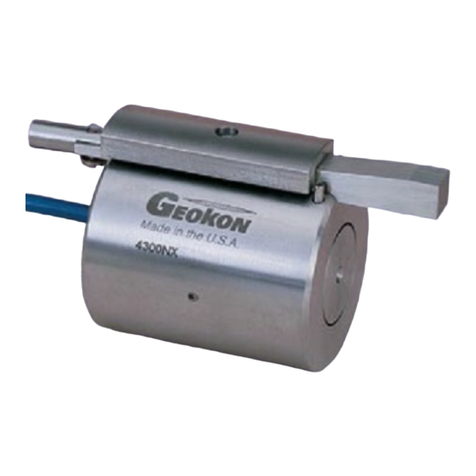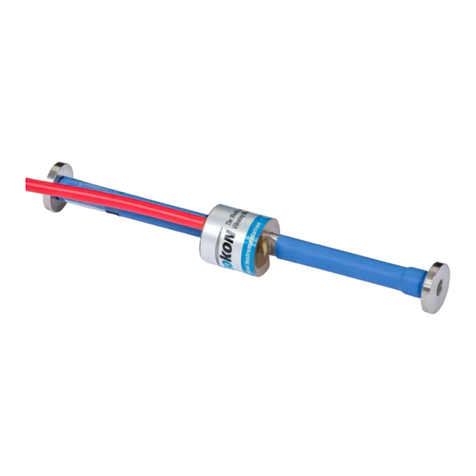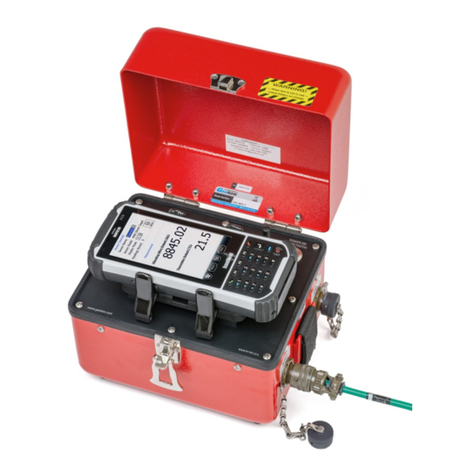
TABLE of CONTENTS
1. INTRODUCTION...................................................................................................................................................1
2. INSTALLATION ....................................................................................................................................................1
2.1 PRELIMINARY TESTS............................................................................................................................................1
2.2 CRACKMETER INSTALLATION..............................................................................................................................2
2.2.1 Drill Hole Type...........................................................................................................................................2
2.2.2 Surface Mounting........................................................................................................................................3
2.3 INITIAL READINGS...............................................................................................................................................3
2.4 CABLE INSTALLATION AND SPLICING ..................................................................................................................3
2.5 LIGHTNING PROTECTION .....................................................................................................................................4
3. TAKING READINGS.............................................................................................................................................5
3.1 GK-404 READOUT BOX.......................................................................................................................................5
3.1.1 Operating the GK-404 ................................................................................................................................5
3.2 GK-405 READOUT BOX.......................................................................................................................................6
3.2.1 Connecting Sensors with 10-pin Bulkhead Connectors Attached...............................................................6
3.2.2 Sensors with Bare Leads.............................................................................................................................6
3.2.3 Operating the GK-405 ................................................................................................................................6
3.3 GK-403 READOUT BOX (OBSOLETE MODEL)......................................................................................................7
3.3.1 Connecting Sensors with 10-pin Bulkhead Connectors Attached...............................................................7
3.3.2 Connecting Sensors with Bare Leads..........................................................................................................7
3.3.3 Operating the GK-403 ................................................................................................................................7
3.4 MEASURING TEMPERATURES...............................................................................................................................7
4. DATA REDUCTION ..............................................................................................................................................8
4.1 DISPLACEMENT CALCULATION............................................................................................................................8
4.2 TEMPERATURE CORRECTION...............................................................................................................................9
4.3 ENVIRONMENTAL FACTORS...............................................................................................................................10
5. TROUBLESHOOTING........................................................................................................................................12
APPENDIX A. SPECIFICATIONS.........................................................................................................................14
A.1 MODEL 4422 CRACKMETER..............................................................................................................................14
A.2 THERMISTOR.....................................................................................................................................................14
APPENDIX B. THERMISTOR TEMPERATURE DERIVATION.....................................................................15
